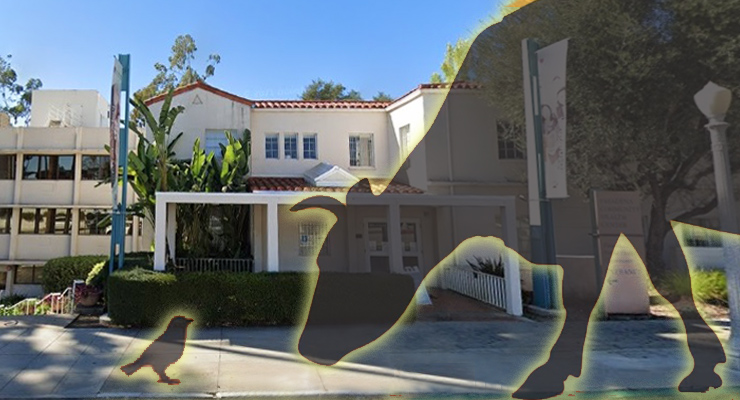
An ongoing $2 billion, 300- to 400-year project and the surtax to pay for it, designed in the 60s to relocate City overhead power lines to underground ones, remains on course unchanged after City Council debate Monday did not result in any action being taken.
Mayor Terry Tornek and various City Councilmembers fretted over the Underground Utility program’s massive costs, extraordinary time frame, and the troubling notion that future technology could render the project “obsolete” long before its completion.
A motion to amend the program’s ordinance to not collect the surtax and discontinue the existing underground districts eventually stalled without passage following more than an hour of Council discussion.
“This outcome is reflective of the fact that there is still not consensus on this issue in the community,” said Mayor Tornek, who had adamantly argued against the program but settled by agreeing that the issue would be discussed again.
The Underground Surtax aspect of the program—begun in the mid-1960s—generates about $5.5 million per year, enough revenue to fund the undergrounding of approximately one-half mile of existing overhead utility lines per year, according to a Pasadena Water and Power (PWP) staff report.
Any increase to the Underground Surtax rates, as would be required to accelerate the Underground Utility Districts Program, would need to be approved by a two-thirds majority vote.
A presentation by PWP General Manager Gurcharan Bawa laid out the various options to the Council— to essentially stay the course, stop the program, or move faster.
Tornek, who gave up the chair momentarily to respond to the Council, said that creating the underground districts should be “terminated immediately,” saying that the project was “tremendously complex.”
Tornek also called the entire project “extraordinarily expensive at $10-12 million per mile.”
“This is not a number that I find plausible,” he told the Council. ‘It’s not an expense that I think can be justified.”
Tornek did not call for the end of the ongoing utility surtax however, which has been in effect since the mid-1960s, saying that that should be maintained but suspended for the moment, as the City determines spending on other eligible programs in the program, such as repairing existing underground equipment, such as traffic signals and cable lines.
According to the PWP staff report, some underground surtax funds can and have been used for other projects that do not fall within an Underground Utility District, including underground fiber optics and street lighting improvements, in connection with overhead-to-underground conversions.
The fund, which costs each Pasadena taxpayer approximately $44 per year, is currently at $50 million.
Tornek recommended that collection of the tax be suspended until funds are spent down to $10 million. The City would rebate surplus revenues.
The Mayor said his suggestion would continue to improve underground infrastructure but that the City should not undertake a program that “simply does not make any sense on the face of it.”
Councilmember Margaret McAustin told the Council that at neighborhood meetings when she tells residents, “This will not be built in your lifetime,” they respond, “It’s okay, this is what we want Pasadena to look like in the future, and I am willing to make this investment.”
Both Councilmember John Kennedy and Gene Masuda spoke to the “unfairness” of the program, with so many paying the tax over the years, and a lesser number receiving services. Masuda mentioned specifically that in his District residents “asked for their money back.”
A final, additional motion by Councilmember Andy Wilson to look at “alternative technologies” every ten years with regard to undergrounding, also failed to pass.


















